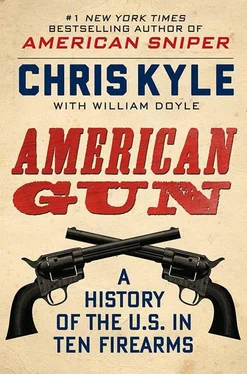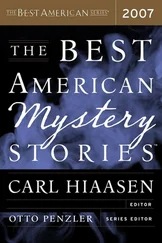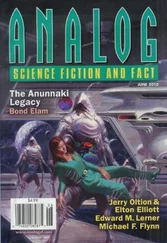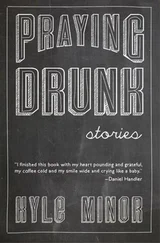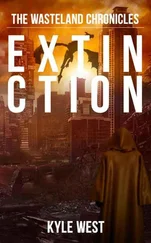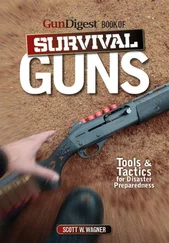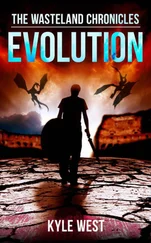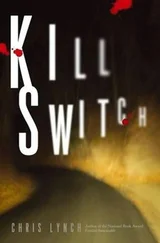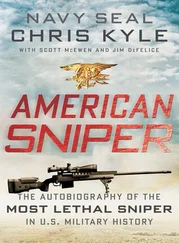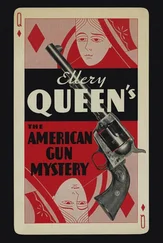Both Colt and Smith & Wesson also came out with short-barreled “snub-nosed” pistols. These were usually meant to be carried under clothes or in a hidden holster as a backup weapon. In his patrol days, my SDPD friend Mark Hanten carried a Smith & Wesson 342PD in an ankle holster as a backup weapon, and frequently carries it as an off-duty gun as well. The J frame—the company’s generic term for the small size, post-WWII guns—was popular with police chiefs, detectives, and others who needed a weapon with them but didn’t want one that was too conspicuous.
The downside of the smaller guns is the kick that they have when firing. Mark used a .38 +P; think of it as a .38 Special round on steroids. It let you know you’d fired when it went off. “It’s the kind of gun that you want to have but never want to shoot,” as Mark puts it.
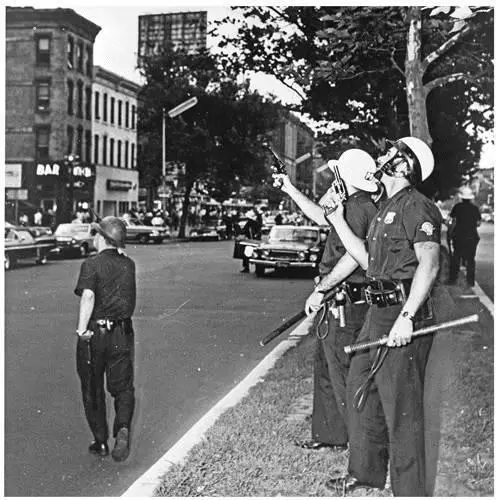
NYPD officers, 1964.
Library of Congress
The granddaddy of the snub-nosed guns was the Colt Detective Special, also known as the “Dick gun” since it was first worn by detectives who were carrying it in concealed holsters. Introduced in 1927, the little wheel gun, like its big brothers, was popular in a lot of old movies. Edward G. Robinson, James Cagney, Charlton Heston, Chuck Connors, Burt Lancaster—all packed the snub nose. A lot of the same stars had the bigger Colt Official Police or some other version of the .38 Special in different films.
The .38 Specials were solid and reliable guns. They worked well for most police forces right through the 1950s and early 1960s. They were also more or less the weapons the police faced, when they encountered weapons at all. But little by little, more powerful guns popped up in the hands of criminals. Most police didn’t realize it, but by the late sixties they had fallen behind the times.
Then one day they got a wakeup call in the form of a radio bulletin: Officers Down.
A number of serious shoot-outs and cold-blooded murders had a big impact on police thinking. One of the most famous happened in 1970, when four California Highway Patrol officers were killed in a shoot-out with suspects from a road rage incident. The two men who were stopped turned out to have a wide range of weapons, from a .38 Special to a sawed-off shotgun. After that, police departments began rethinking weapons and procedures, both.
Things kept ratcheting up. Like a lot of other police officers, Bob Owens, a lieutenant with the Dallas City Police Department, points to an FBI shoot-out in 1986 as the real turning point. Two Florida felons took on eight FBI agents in a gunfight outside Miami and outgunned them with a shotgun and a Ruger Mini-14 semi-automatic rifle. Before the fugitives were finally put down, two FBI agents were killed and five others wounded.
While .38 Specials were used by lawmen in both incidents, even more powerful weapons were outclassed. Rounds from automatics and .357 Magnums didn’t do the damage that police thought they would. More importantly, the training that even the FBI agents received was faulted.
“Training’s a key thing,” says Lieutenant Owens, who as you might have guessed is a friend of mine. “It’s time-consuming, though, and it takes officers off the street. It’s hard to keep things balanced.”
Owens’s department uses training that is a lot more realistic than in the old days, when policemen busted paper firing at targets on the range. Trainers now try to anticipate what situations officers might encounter, and try to make things as realistic as possible.
The other half of the equation is getting law enforcement the tools they need to do the job.
Gun manufacturers had seen the problem coming. Smith & Wesson introduced the .357 Magnum cartridge and the large-frame .357 Combat Magnum/Registered Magnum revolver in the 1930s. Colt cooked up the .38 Super Automatic round, capable of penetrating both bullet-resistant vests and automobiles. But many departments didn’t have the money to refit their forces.
“At a time when full-power ‘big-bore’ handgun rounds ran in the 300 to 350 ft/lb. muzzle energy range, S&W upped the ante to over 500 ft/lbs,” wrote NRA firearms historian Jim Supica in 2005. “Results of actual law-enforcement shootings suggest that the .357 magnum round, with 125 grain hollow-point loads, may be the most effective ‘stopper’ still today.” Maybe, but .357s were used in both the California and Miami incidents, with mixed results. While training was absolutely part of the problem, police not only needed bigger bullets, but they needed more of them. Revolvers carried too few bullets and were too slow to reload when you were facing a determined criminal.
Owens carried a .357 Magnum for a while on the force, and remembers that some departments used what are called dump pouches to carry speedloaders. The speedloader held an extra set of bullets, and a practiced cop could slide them into his revolver fairly quick under the best conditions. The problem is, few gunfights are ever held under the best conditions. Owens would often find the bullets fell out of the loader during a patrol. Luckily for him, he never needed to use it.
Semi-automatic pistols were the obvious solution. They held more cartridges and were quicker to reload. Equipped with the right bullets, they had sufficient stopping power against all but the most well-armored opponents.
But getting new guns for an entire police force was an expensive proposition. In Dallas, officers were helped by H. Ross Perot, who after hearing how the locals were outgunned, bought every officer an automatic of his choice. My friend Rich Emberlin still remembers the Sig Sauer Mr. Perot bought him; it was a 9mm semi, and certainly a fine weapon. But even the semi-automatics were soon outclassed. Rich tells a vivid tale of the day 9mm subsonic rounds from a friend’s gun simply bounced off the head and body suspect during a desperate shoot-out. So it’s no surprise he traded his original Sig for a model that fires larger rounds. It’s almost like a chess match—the bad guys counter every move the good guys make.
There is no one universal police gun or caliber anymore. Police departments use a wide range of pistols, including ones made by Smith & Wesson and Colt. But given its popularity, we can’t take off without mentioning the big ugly that changed a lot of minds about what a pistol should look like when it first came to the public’s attention in the mid-1980s: the Glock 17.
In the late 1970s and early 1980s, Gaston Glock was a plastics expert in Austria. He ran a company whose main products included curtain rods. An engineer by trade, he was talking to some Austrian military officers one day and heard them bad-mouth gunmakers for failing to produce a handgun that could meet their requirements. That got him thinking: Why not make a gun? Not just any gun, but the perfect gun.
Glock bought a bunch of pistols, stripped them down and put them back together. He checked every detail. He tinkered and researched, asked questions and messed around some more. It was easy to list what military people wanted in a handgun: a high-capacity magazine, light weight, accuracy, safety, and simplicity. It should be ready to fire at any time, but be safe otherwise.
Glock came up with a game-changer, the Glock 17. It was a super-light semi-automatic pistol with just thirty-four parts. Learning the gun took one day. It held seventeen rounds of 9 × 19mm Parabellum in its double-stack magazine, more than any other pistol at the time.
The thing about the Glock though—it didn’t look quite like any other weapon that had come before, unless you happened to be shopping in the toy department. Because the block-shaped body of the semi-auto was made of “synthetic material” or “polymer”—what you and I call plastic.
Читать дальше
